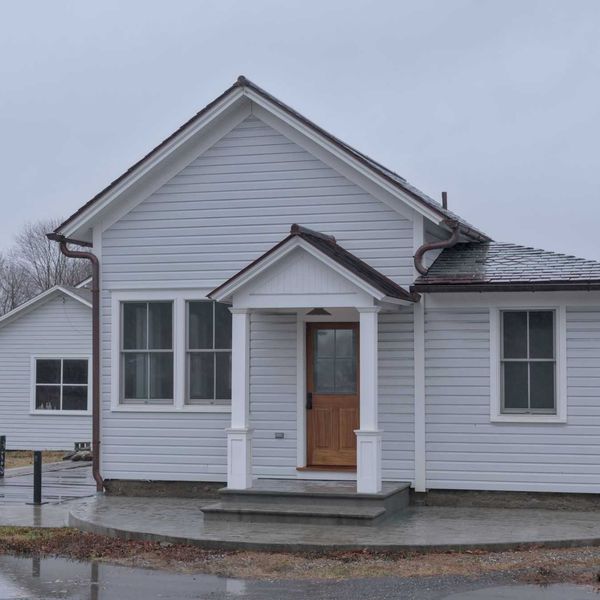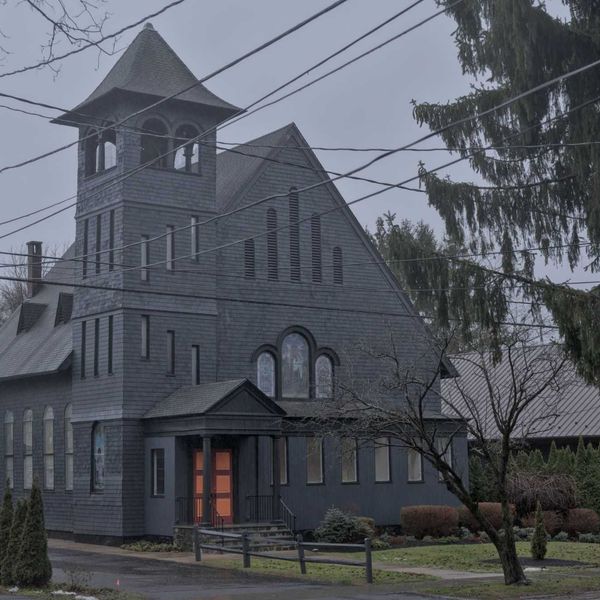In a Topsy-Turvy World, the Highland Games Bring a Taste of Tradition

The Round Hill Highland Games return to Lime Rock Park in Salisbury, Conn., on Sunday, June 26, with caber tossing, a 1-mile kilted run and many other exotic delights. Photo by Cynthia Hochswender
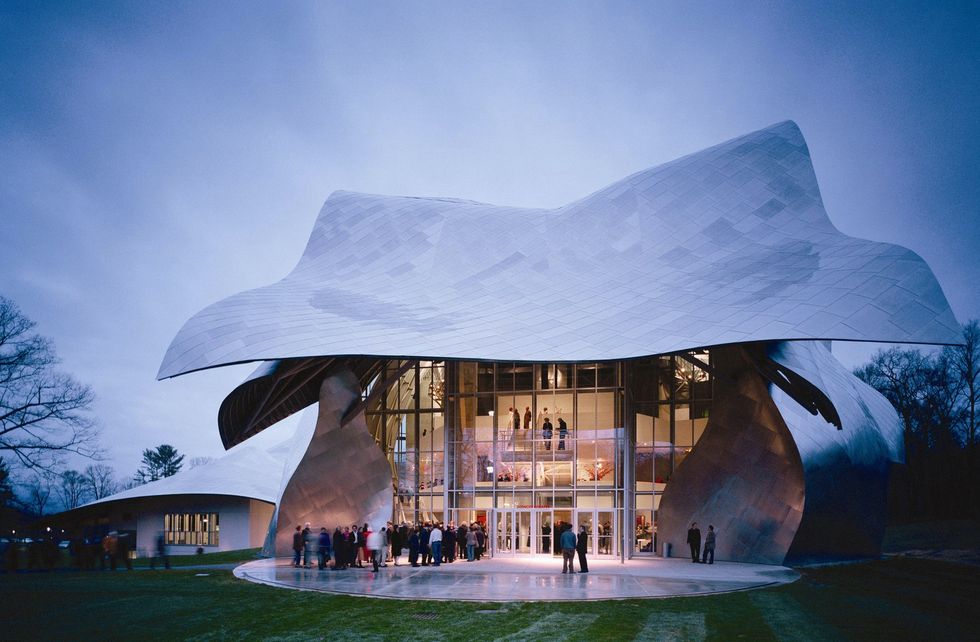
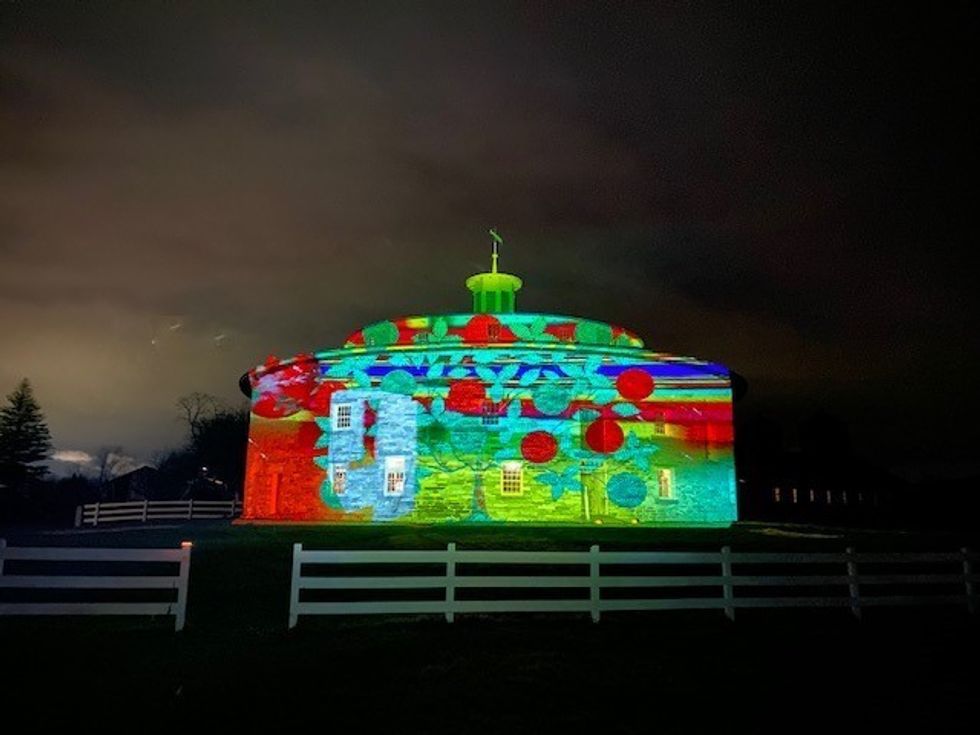
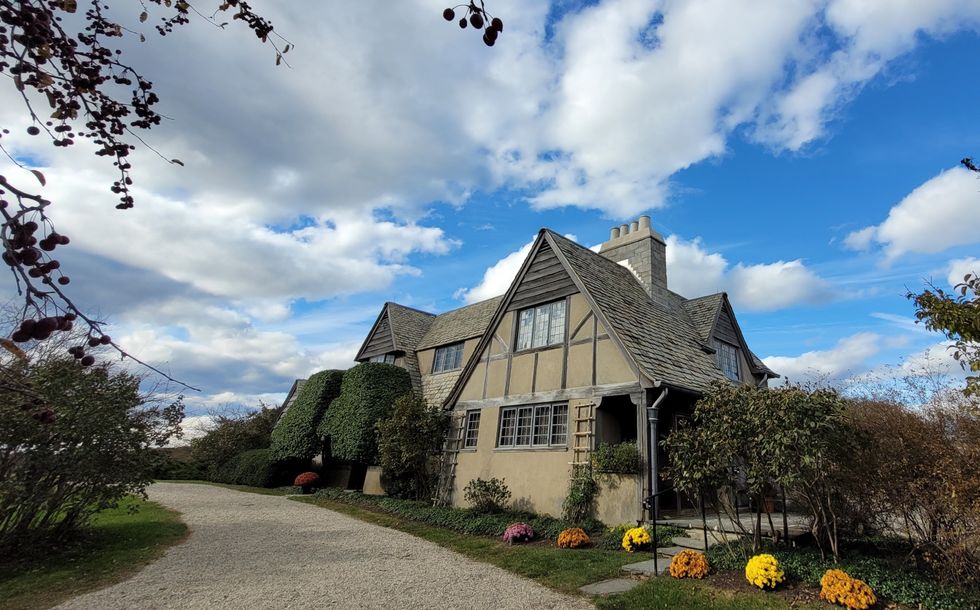

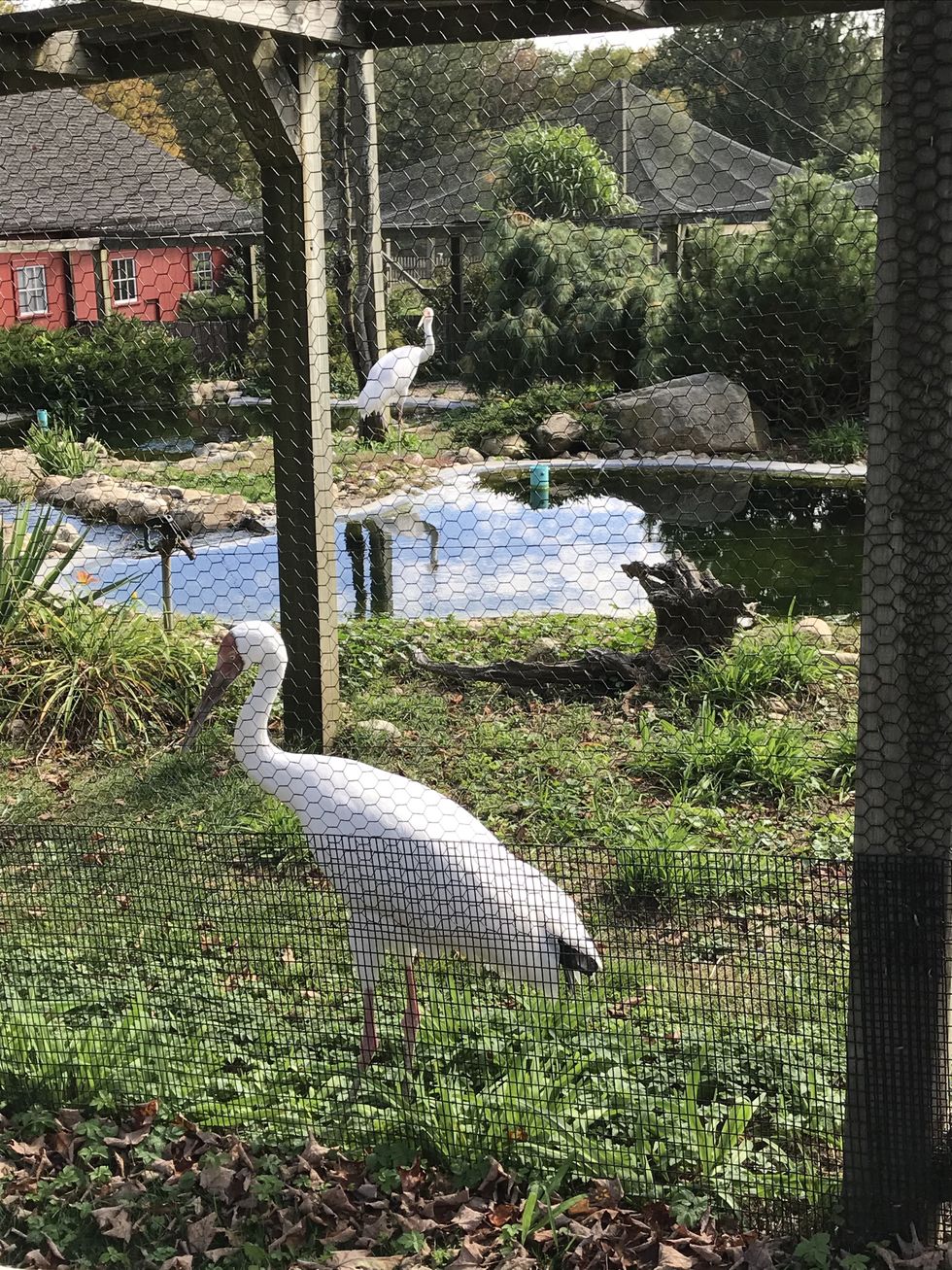

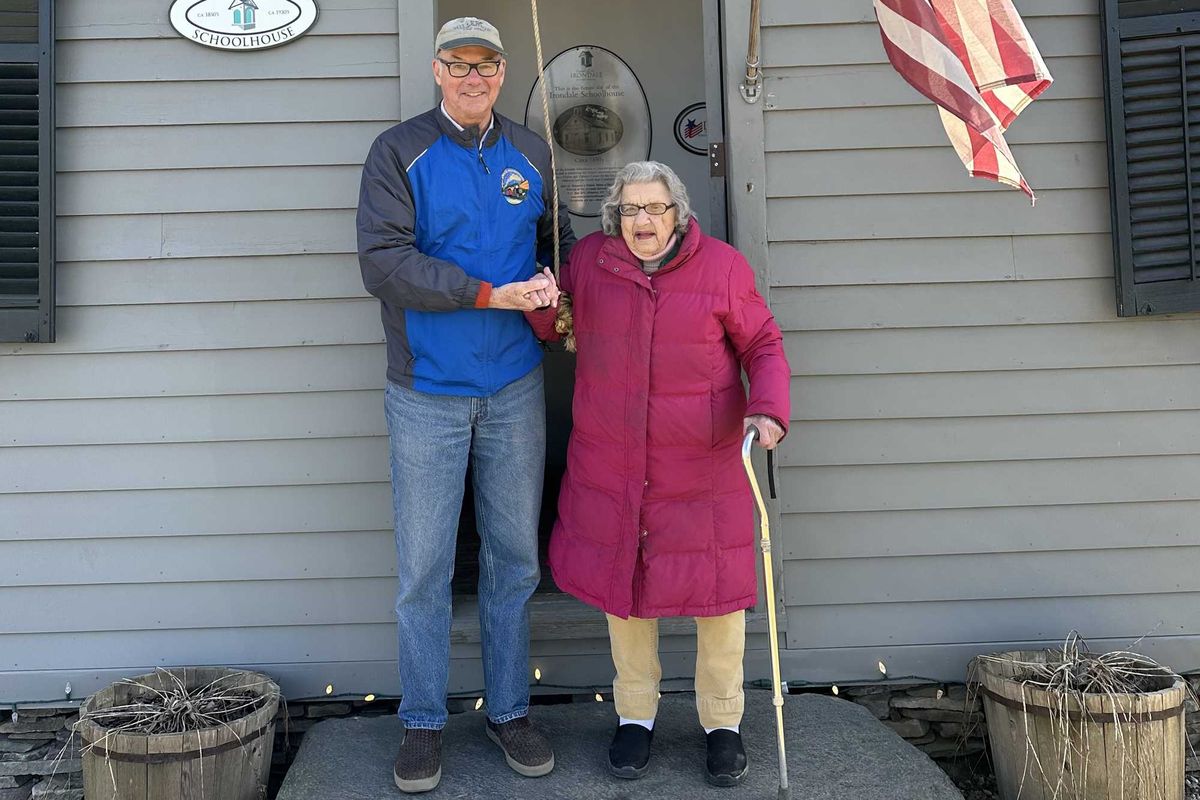
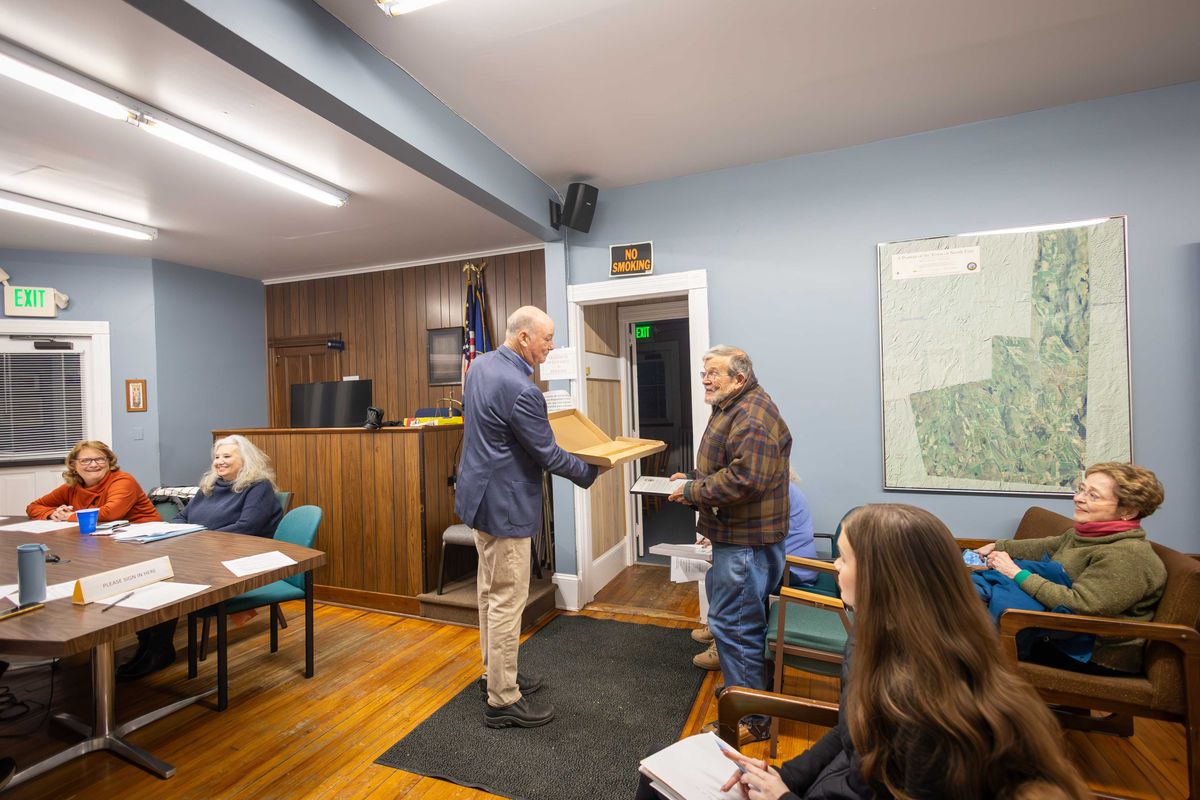


 Decaying equipment and infrastructure still greet those walking through the parking lot at the Millerton Square Plaza on Route 44 just east of the Village of MIllerton.Photo by Nathan Miller
Decaying equipment and infrastructure still greet those walking through the parking lot at the Millerton Square Plaza on Route 44 just east of the Village of MIllerton.Photo by Nathan Miller Eddie Collins Memorial Park on Route 22. Construction on the proposed pool is set to begin in 2026.Photo by Nathan Miller
Eddie Collins Memorial Park on Route 22. Construction on the proposed pool is set to begin in 2026.Photo by Nathan Miller

